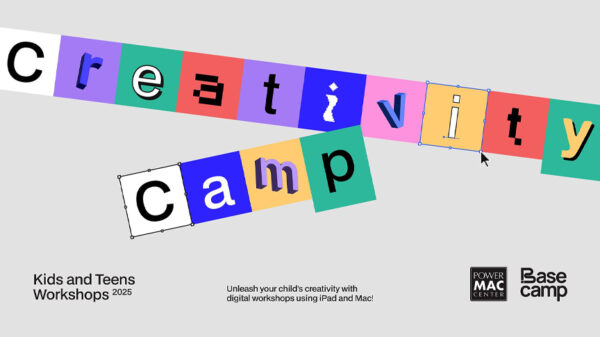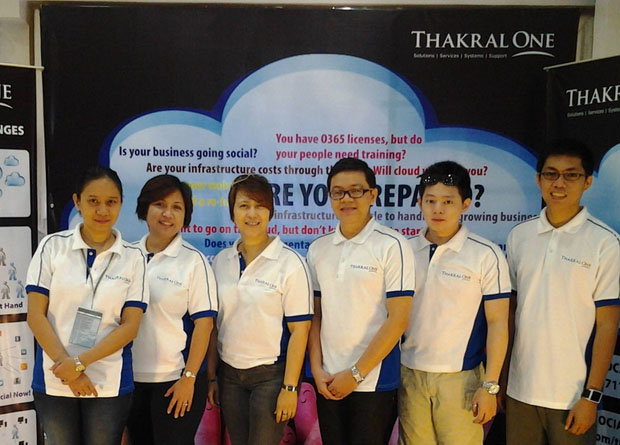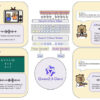New data from LinkedIn – some of which was published recently in the World Economic Forum’s (WEF) Global Gender Gap Report 2023 – reveals that women continue to be significantly underrepresented in Science, Technology, Engineering, and Mathematics (STEM) roles globally, making up 29% of the STEM workforce, with 8 in 10 leadership roles filled by men.
LinkedIn data finds that the widest STEM gender gap in APAC is in the Philippines, along with the US and UK, at 22%. In the Philippines, women comprised 58.8% of the workforce in non-STEM fields but only 36.3% in the STEM workforce. Gender gaps in STEM employment in the Asia Pacific region were also seen in Australia (21%), Singapore (15%), and India, with the smallest gap at 5%.
As STEM roles are among the fastest growing and most in-demand, professionals will likely be more resilient to economic pressures. With the increasing importance of STEM to the global economy, it is imperative to take steps toward leveling the playing field for women to ensure they will benefit from industry advancements.
LinkedIn’s new data highlights two trends:
1. Women in STEM are graduating but not staying in the field. While women graduate globally with STEM degrees, fewer are entering the STEM workforce. The sharpest drop in female representation (7 percentage points) happens between graduation and entering the STEM workforce, which only decreases as they start climbing the leadership ladder. In the Philippines, women comprised 4 out of 10 (41%) of STEM graduates in 2017, but only slightly more than 3 out of 10 (36.6%) were in the STEM workforce a year later. The drop in representation between graduation and joining the workforce has been stable at around 11% from the 2017 graduating batch, but it spiked to 14% in 2021.
2. Lack of female role models in the field contributes to the drop off of women working in the STEM industry. LinkedIn data shows that in countries where the decline in female representation from graduation to joining the STEM workforce is less significant, the disparity between men and women in STEM jobs tends to be minor. The average drop off in female representation between graduation and entering the STEM workforce in Singapore (8%), India (4%), and Italy (10%) are smaller, which results in negligible gender gaps in STEM jobs at 15%, 5%, and 12% respectively. Meanwhile, countries like the Philippines (14%), Australia (17%), and the US (20%) show higher dips in female representation post-graduation, resulting in wider gender gaps in STEM employment at 22%, 21%, and 22%, respectively.
The Global Gender Gap Report and LinkedIn’s data show that systemic change is needed to make workplaces more fair and equal to future-proof women’s careers and be more resilient to labor market uncertainty.
“While action is already being taken to close the gender gap, we need to go further and faster to level the playing field. Enabling more women to enter and advance in rapidly growing sectors such as STEM will help make them more resilient to external economic shocks,” Atul Harkisanka, Head of Emerging Markets and Country Manager for the Philippines of LinkedIn, said.
“Furthermore, our data shows that women tend to stay in STEM if they have role models to look up to. Organizations can create mentoring and training programs for women in STEM, where they can support women to stay in the workforce and further their careers, but also provide invaluable guidance and support networks, facilitating a path towards leadership roles through the influence of inspiring role models. Inclusive hiring practices, visibility of women in top jobs, and upskilling and career growth opportunities for women, particularly in high-growth and high-earning sectors like STEM, will help correct this worrying trend, but we need to act now,” he added.











































































































